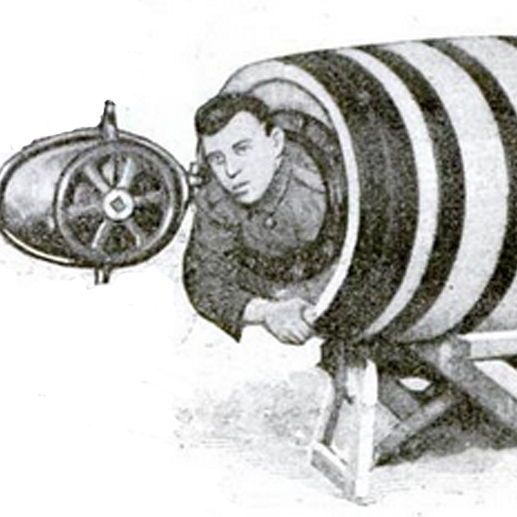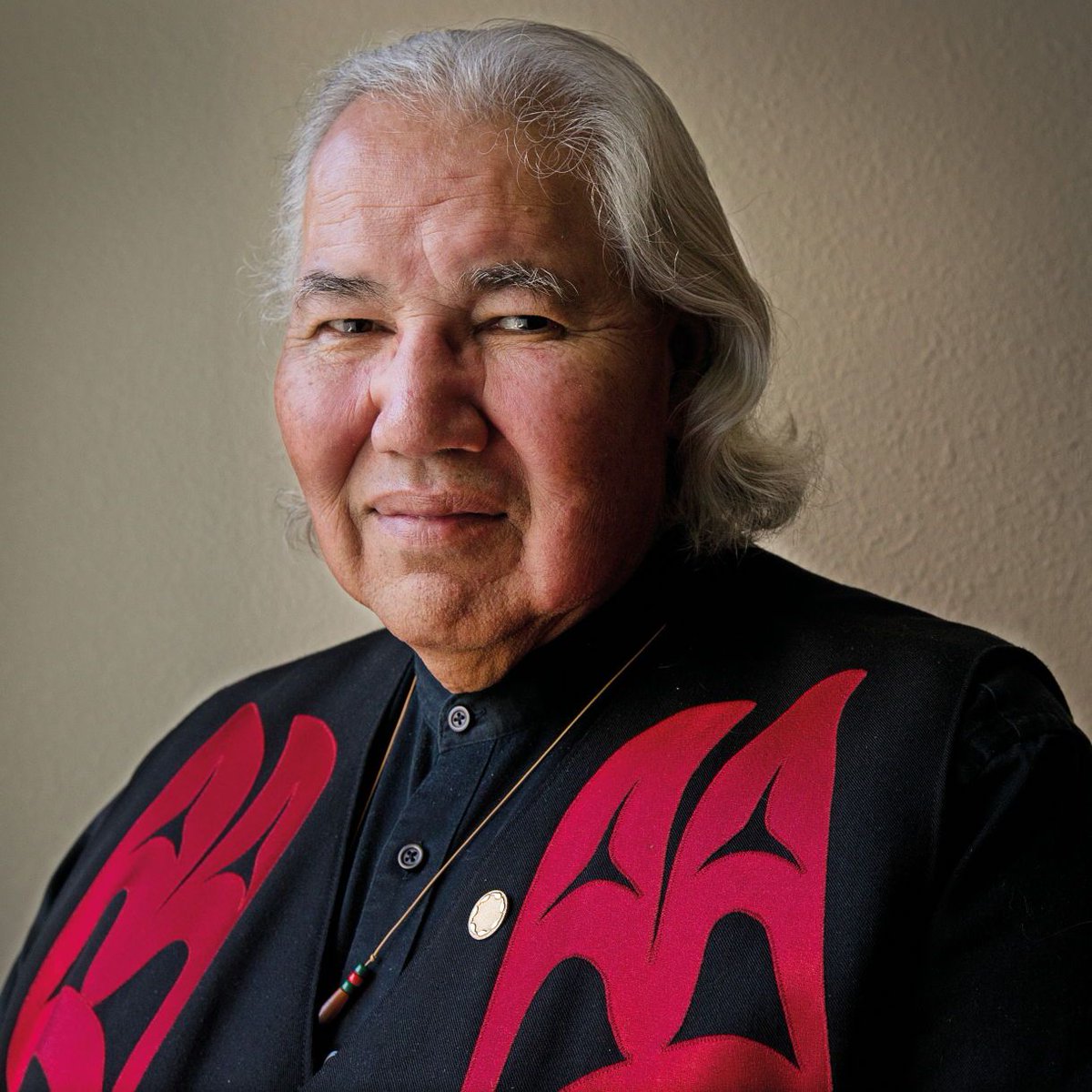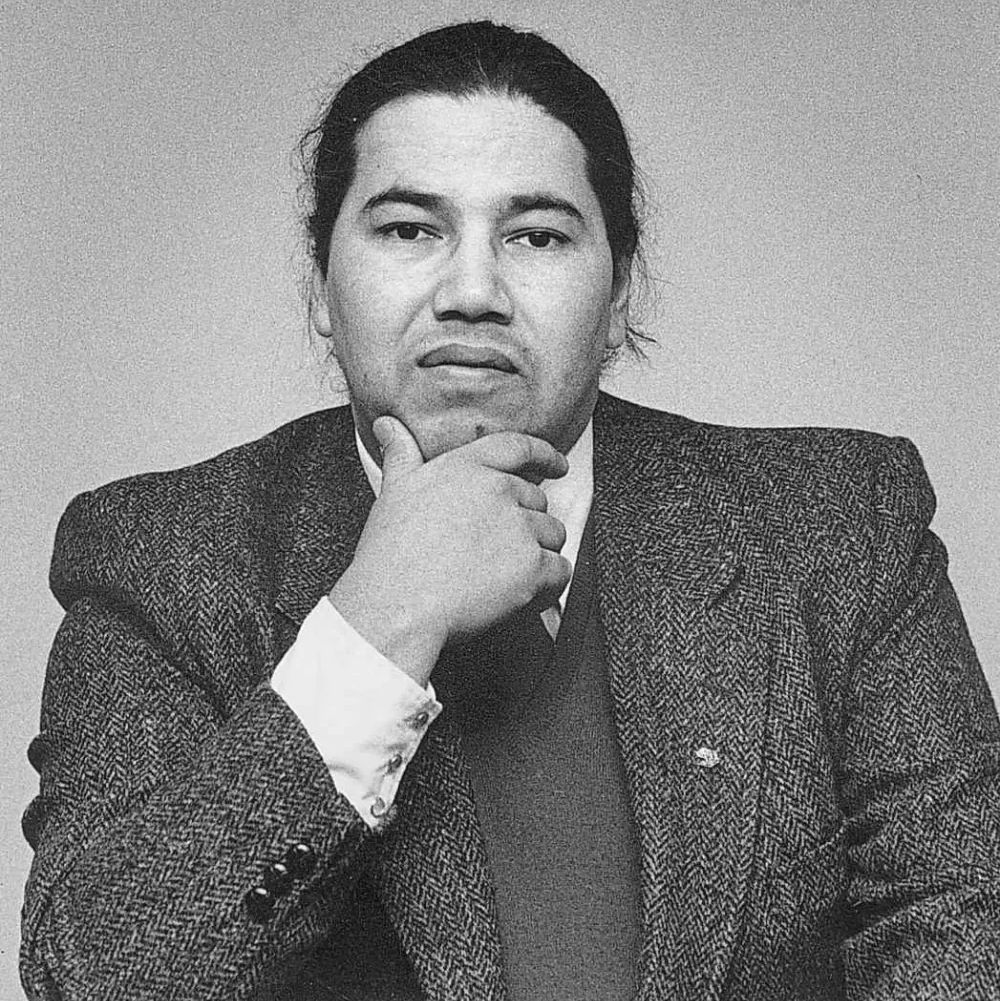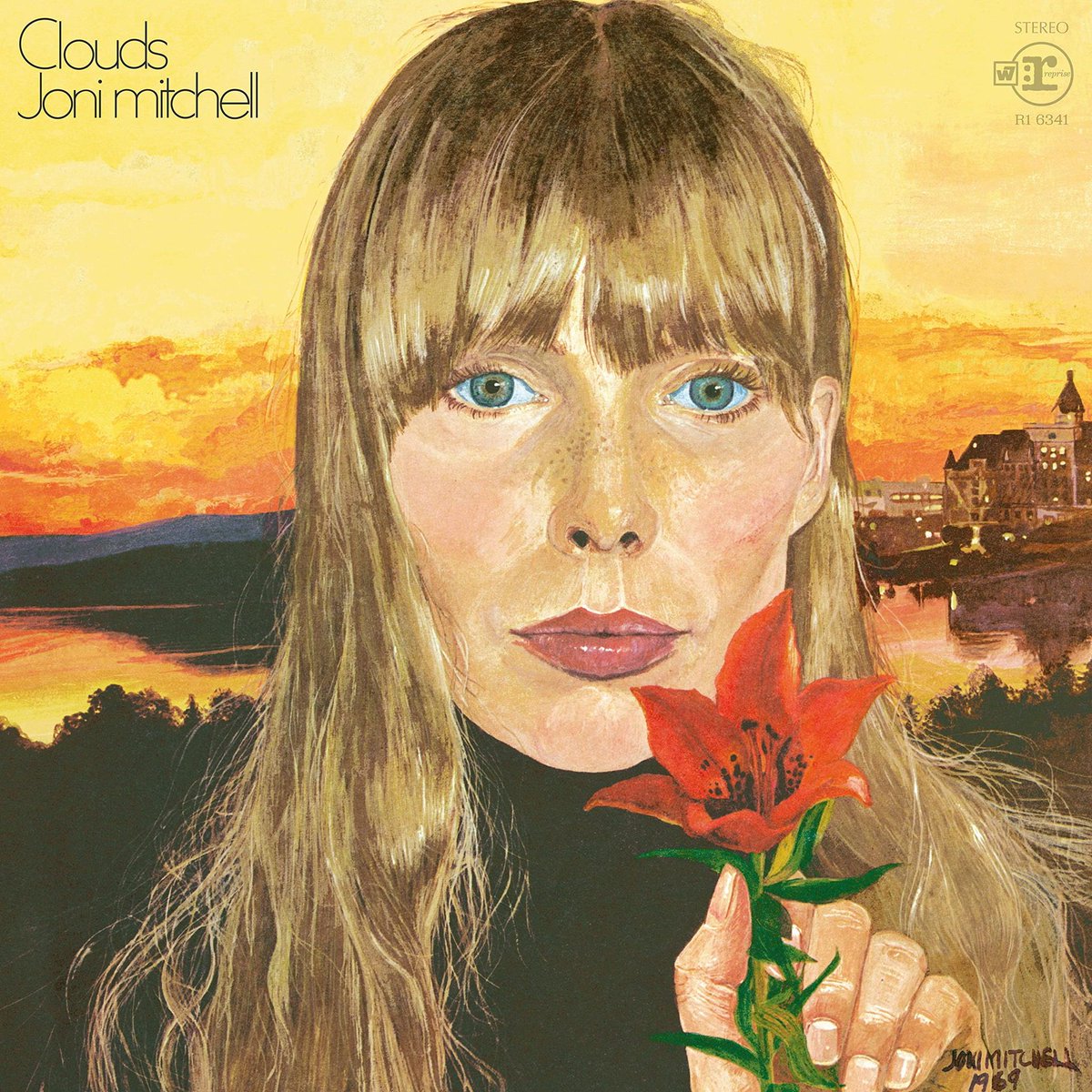On July 9, 1960, seven-year-old Roger Woodward was swept over Niagara Falls. He survived, becoming the first known person to survive going over the falls without a barrel.
Many daredevils have attempted to do the same thing.
This is the story of some of them.
🧵 1/13
Many daredevils have attempted to do the same thing.
This is the story of some of them.
🧵 1/13

Annie Edson Taylor:
On Oct. 24, 1901, the 63-year-old Taylor went over the falls in a custom made barrel of oak and iron, padded with a mattress. She survived the journey with just a small gash on her forehead.
🧵 2/13
On Oct. 24, 1901, the 63-year-old Taylor went over the falls in a custom made barrel of oak and iron, padded with a mattress. She survived the journey with just a small gash on her forehead.
🧵 2/13

Bobby Leach:
On July 25, 1911, Leach went over the falls in a steel barrel. While he survived the plunge, he spent six months in hospitals recovering from a fractured jaw and two broken knee caps. He later died after injuring his leg slipping on an orange peel.
🧵 3/13
On July 25, 1911, Leach went over the falls in a steel barrel. While he survived the plunge, he spent six months in hospitals recovering from a fractured jaw and two broken knee caps. He later died after injuring his leg slipping on an orange peel.
🧵 3/13

Charles Stephens:
On July 11, 1920, Stephens went over the falls in an oak barrel with an anvil for ballast. Stephens strapped himself to the barrel and the anvil. The anvil broke through the barrel and dragged him under the water. Only his severed right arm was found.
🧵 4/13
On July 11, 1920, Stephens went over the falls in an oak barrel with an anvil for ballast. Stephens strapped himself to the barrel and the anvil. The anvil broke through the barrel and dragged him under the water. Only his severed right arm was found.
🧵 4/13

Jean Lussier:
On July 4, 1928, Lussier went over the falls in a large rubber ball. The ball sustained heavy damage. Lussier not only survived but only had a few bruises. It took nearly an hour to get Lussier out of the water.
🧵 5/13
On July 4, 1928, Lussier went over the falls in a large rubber ball. The ball sustained heavy damage. Lussier not only survived but only had a few bruises. It took nearly an hour to get Lussier out of the water.
🧵 5/13

George Stathakis:
On July 4, 1930, Stathakis went over the falls in a barrel with his turtle. Unfortunately, the barrel became stuck behind a curtain of water. It could not be recovered for 18 hours, leading to Stathakis' death from suffocation. The turtle survived.
🧵 6/13
On July 4, 1930, Stathakis went over the falls in a barrel with his turtle. Unfortunately, the barrel became stuck behind a curtain of water. It could not be recovered for 18 hours, leading to Stathakis' death from suffocation. The turtle survived.
🧵 6/13

William "Red" Hill, Jr:
The son of the man who saved hundreds of people from the Niagara River over his life, William "Red Hill" Sr., the younger Hill went over on Aug. 5, 1951 in a specially-designed craft. He was killed on impact.
🧵 7/13
The son of the man who saved hundreds of people from the Niagara River over his life, William "Red Hill" Sr., the younger Hill went over on Aug. 5, 1951 in a specially-designed craft. He was killed on impact.
🧵 7/13

Nathan Boya:
On July 15, 1961, Boya went over the falls in a metal ball he designed and called the "Plunge-O-Sphere". He survived the fall and became a minor celebrity for a few years. He lived to the age of 98 and died in 2022.
🧵 8/13
On July 15, 1961, Boya went over the falls in a metal ball he designed and called the "Plunge-O-Sphere". He survived the fall and became a minor celebrity for a few years. He lived to the age of 98 and died in 2022.
🧵 8/13

Karel Soucek:
On July 2, 1984, Soucek went over Niagara Falls in a barrel. He survived the plunge and was rescued from the river with a few cuts and bruises. Sadly, he died a year later performing a stunt at the Astrodome in Houston.
🧵 9/13
On July 2, 1984, Soucek went over Niagara Falls in a barrel. He survived the plunge and was rescued from the river with a few cuts and bruises. Sadly, he died a year later performing a stunt at the Astrodome in Houston.
🧵 9/13

Steve Trotter:
Trotter was one of the few people to do go over the falls twice.
His first plunge was on Aug. 18, 1985, which he survived with a few scrapes. The second attempt was on June 18, 1995. This led to a compression fracture in his back.
🧵 10/13
Trotter was one of the few people to do go over the falls twice.
His first plunge was on Aug. 18, 1985, which he survived with a few scrapes. The second attempt was on June 18, 1995. This led to a compression fracture in his back.
🧵 10/13

Jesse Sharp:
Sharp went over the falls on a 3.6 metre long kayak on June 5, 1990. He had planned the plunge for years. His plan was to gain enough speed to project himself over the falls while his friends filmed the stunt. His body was never found.
🧵 11/13
Sharp went over the falls on a 3.6 metre long kayak on June 5, 1990. He had planned the plunge for years. His plan was to gain enough speed to project himself over the falls while his friends filmed the stunt. His body was never found.
🧵 11/13

Robert Overacker:
Hoping to raise awareness for the homeless, Overacker went over the falls on Oct. 1, 1995 on a jet ski. His rocket-propelled parachute failed to open and he fell to his death to the river below.
🧵 12/13
Hoping to raise awareness for the homeless, Overacker went over the falls on Oct. 1, 1995 on a jet ski. His rocket-propelled parachute failed to open and he fell to his death to the river below.
🧵 12/13

I hope you found that look at the daredevils of Niagara Falls interesting.
If you enjoy my Canadian history content, you can support my work with a donation at 👇
🧵 13/13buymeacoffee.com/craigu
If you enjoy my Canadian history content, you can support my work with a donation at 👇
🧵 13/13buymeacoffee.com/craigu
• • •
Missing some Tweet in this thread? You can try to
force a refresh






















